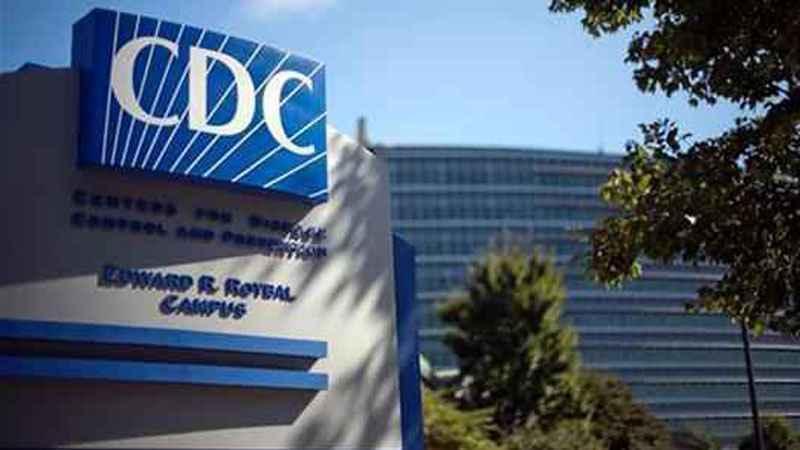Nurses union upset with CDC COVID-19 quarantine guidance
[anvplayer video=”5080660″ station=”998122″]
The Minnesota Nurses Association is voicing concern about the new COVID-19 quarantine guidance released this week.
The Centers for Disease Control and Prevention said it is shortening the recommended isolation time — a change "motivated by science demonstrating that the majority of SARS-CoV-2 transmission occurs early in the course of illness."
"I just see this as a disaster," said Mary Turner, a COVID ICU nurse at North Memorial Health Hospital and president of the Minnesota Nurses Association.
She questions the motives behind the decision and whether it is a way to get people back to work faster to decrease staffing shortages.
"I see this as they’re concerned about workers. Well yeah, but is this the way to do it? By putting more people out in the public that are potentially still sick?" Turner said. "It has the potential to overload our hospitals even more by spreading unnecessary infection."

[AP/File]
KSTP health expert Dr. Archelle Georgiou also worries the new guidelines are so nuanced and confusing that people will not follow them.
She created this chart to help people understand the new recommendations:
Georgiou said the first step is understanding a major change the CDC is making when it comes to categorizing vaccination status.
"The CDC put the population into two buckets: Are you ‘effectively vaccinated’ or are you not? The big change there is that if you’re more than six months out from your MRNA vaccine or two months out from your J&J vaccine and not boosted, you’re grouped with the ‘unvaccinated,’" Georgiou explained.
She said, next, pinpoint your specific scenario: If you had exposure but are not showing symptoms, and exposure with symptoms or have tested positive for COVID-19.
In looking through the recommendations, Georgiou said she was surprised.
"The guidelines got looser for those who are unvaccinated and tighter for those who are vaccinated," she said. "For those who are unvaccinated or unboosted, they shortened quarantine down to five days. And if you’re asymptomatic at five days, then you can come out of quarantine and you have to strictly wear a mask. That’s different than the ten days of quarantine that were recommended before."
Georgiou believes the CDC missed a critical step in the new guidelines.
"They didn’t recommend testing at five days to make sure that, when you loosen up, your rapid antigen test or PCR test is negative," Georgiou said. "Testing is a good way to at least get that extra level of security that you really aren’t shedding so much virus that you’re going to infect colleagues, family, friends and others in the community and continue to have this pandemic spread."
She also explained how the recommendations are changing for people who are effectively vaccinated.
"Now the recommendations say, if you’re vaccinated and boosted and you’re exposed, you don’t have to quarantine but you do have to wear a mask for ten days. That’s different than what the recommendations were before, which was to wear a mask for three to five days until you had a negative test."
She hopes people do their research when it comes to quarantine times.
"It’s really important that people understand how they fit into the guideline with their individual situation because understanding that means you can do the right thing to protect yourself and your family," Georgiou said.
The Minnesota Nurses Association hopes the guidelines will change, releasing this statement on the topic:
"If the federal government is serious about ending this pandemic and saving lives, they must listen to workers instead of CEOs and reconsider this dangerous policy which will extend the pandemic for nurses, frontline workers, and the public and worsen the retention crisis which CEOs have created. If the CDC does not reverse this dangerous decision, the State of Minnesota must act to uphold a standard which will better protect the health and safety of all."